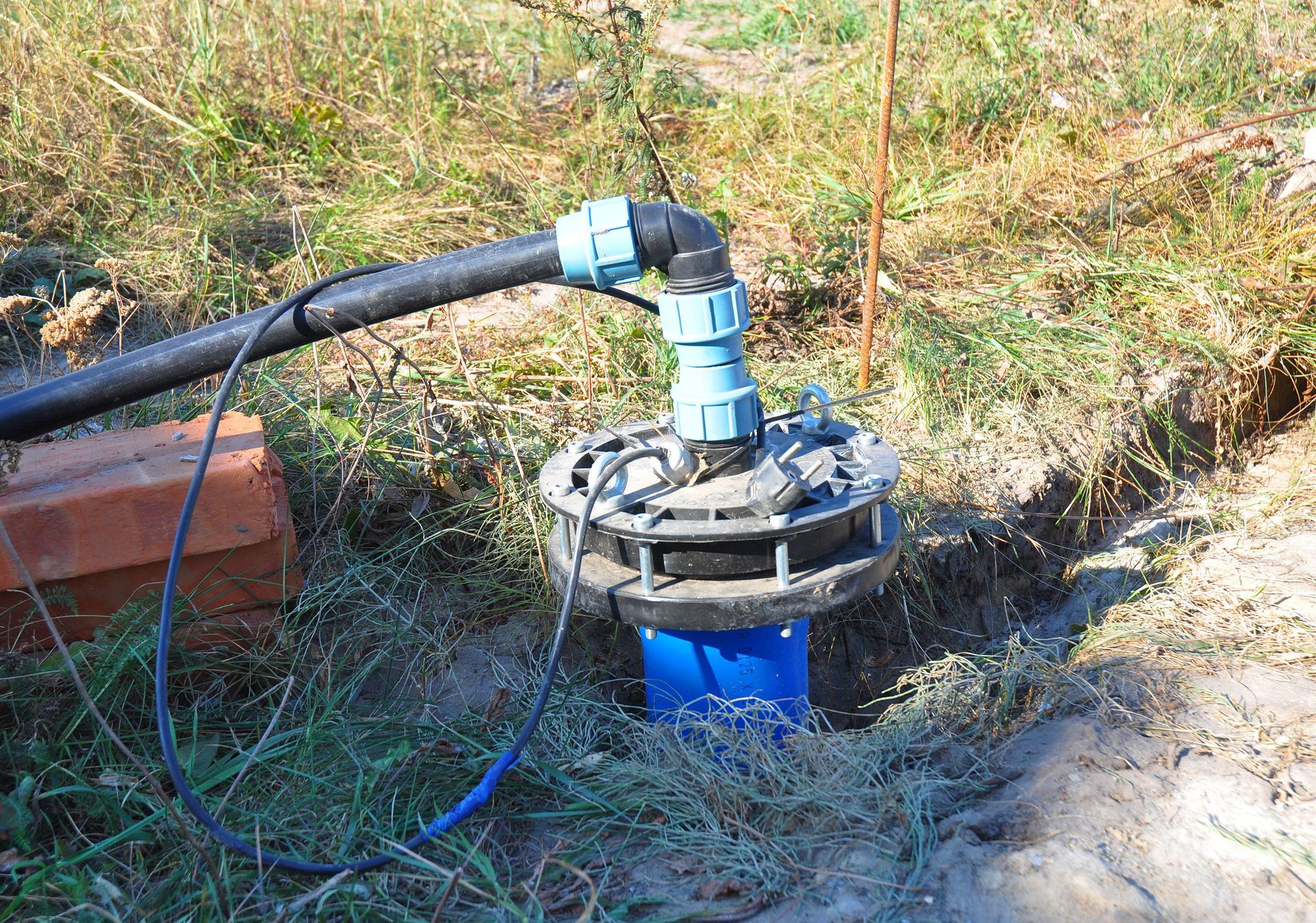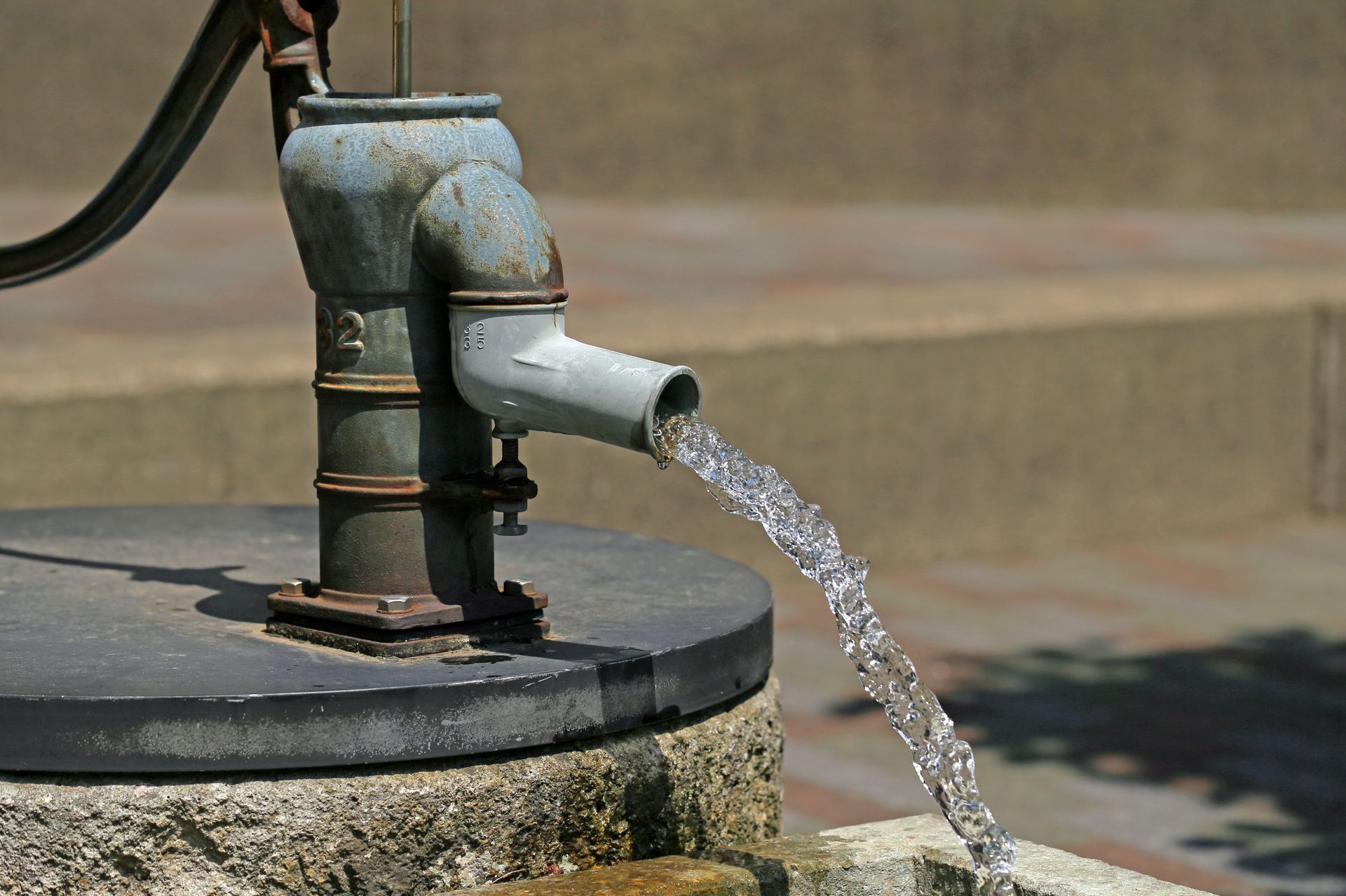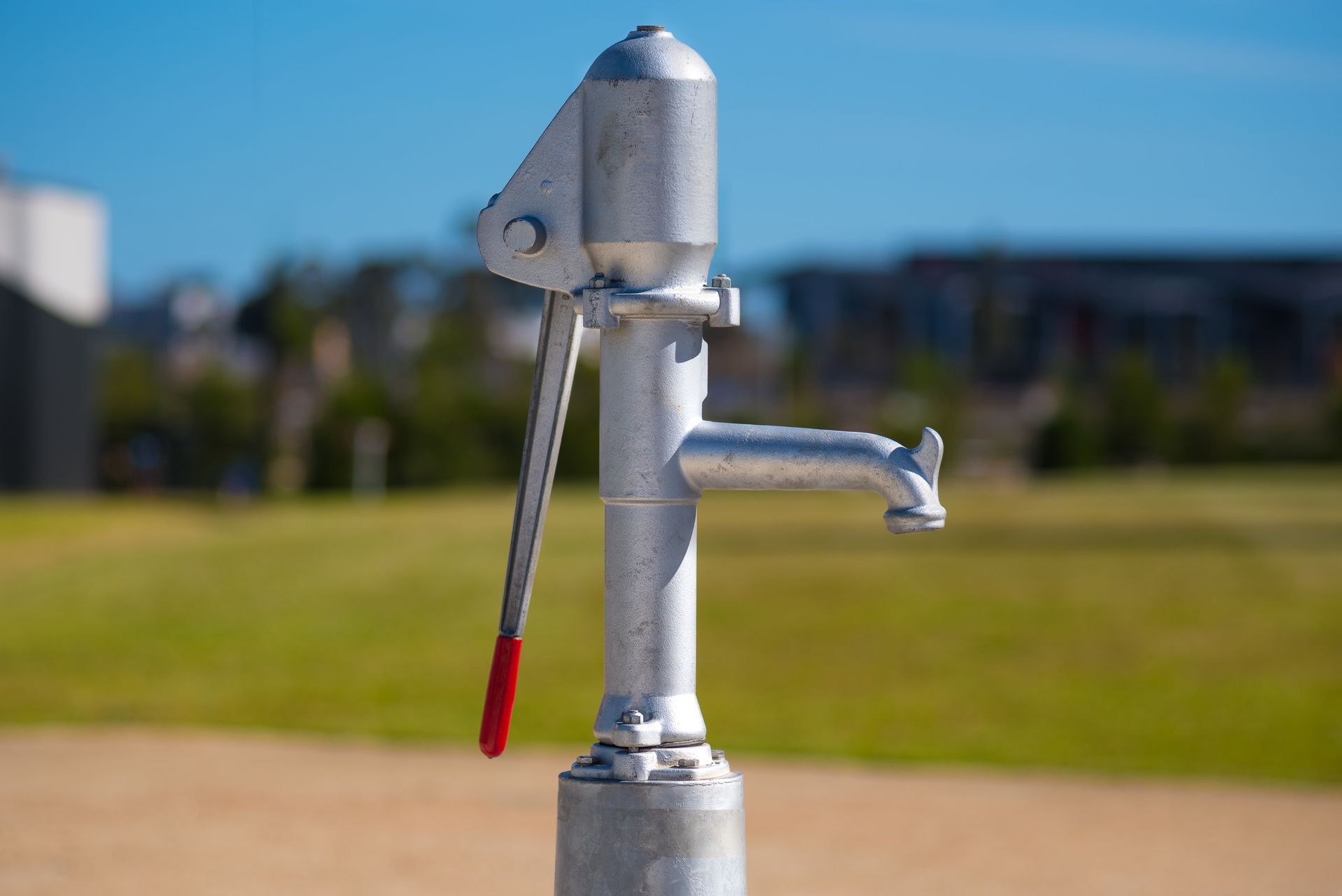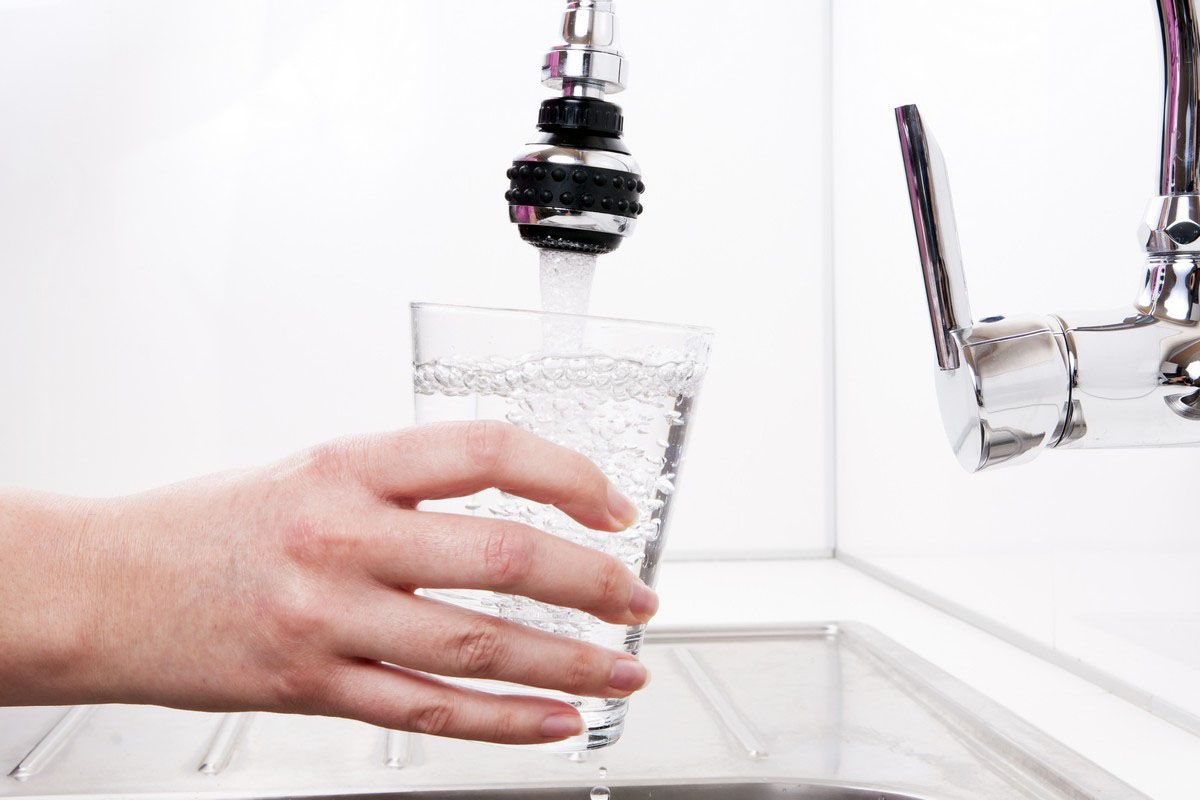5 Warning Signs Your Well Pump Isn’t Working Properly
Water is an essential part of daily life. For homeowners relying on private wells, a properly functioning well pump is critical. Water well pumps are the heart of a well system, ensuring a steady supply of water for drinking, cleaning, irrigation, and other household needs. Like any mechanical system, well pumps are prone to wear and tear, and early detection of problems can save homeowners both time and money. Ignoring warning signs can lead to costly repairs or complete system failure, leaving you without access to water when you need it most.
Understanding the signs of a failing well pump allows you to act quickly and prevent minor issues from becoming major headaches. In this guide, we’ll walk through five key warning signs that your well pump isn’t working properly, helping you maintain a reliable water supply and protect your home’s plumbing infrastructure.
1. Reduced Water Pressure
One of the most noticeable signs of a struggling well pump is reduced water pressure. If you suddenly find that water trickles slowly from your faucets or showers, it could indicate that the pump isn’t drawing water efficiently from the well. Reduced pressure may be gradual or abrupt, and it often becomes more apparent during peak usage times, such as mornings or evenings, when multiple appliances are running simultaneously.
Several factors can cause a drop in water pressure, including clogged pipes, low water levels in the well, or a failing pump. In some cases, air may have entered the system, disrupting the pump’s normal operation. Homeowners who notice fluctuating water pressure should address the issue promptly, as prolonged low pressure can strain other components of the plumbing system, potentially causing leaks or further damage. Regular maintenance of water well pumps, such as checking the pressure tank and cleaning the pump, can prevent reduced pressure from turning into a more serious problem.
If you notice that certain faucets have lower pressure than others, it may indicate localized plumbing issues rather than a full pump failure. Conducting a simple flow test at different points in your home can help pinpoint the source and determine whether the well pump is the main culprit.
2. Strange Noises From the Pump
Another common indicator of a malfunctioning well pump is unusual noises. If your pump is producing loud humming, grinding, or rattling sounds, it may be struggling to operate. These noises often signal mechanical problems such as worn bearings, misaligned components, or debris interfering with the pump’s moving parts.
Pay attention to the type and frequency of the noise. A high-pitched squeal might indicate a belt or motor issue, while a deep grinding sound could mean internal damage. Early detection of these warning signs is crucial because ignoring them can result in a total pump failure. Routine inspection and maintenance of water well pumps help identify worn or damaged parts before they compromise the system’s performance. In some cases, replacing a single worn component can restore normal operation and extend the pump’s lifespan, saving homeowners from the expense of a full replacement.
Regularly lubricating moving parts, when appropriate for your pump model, and clearing debris from the pump area can reduce noise and extend the life of the system. Documenting when the noises occur can also help a professional diagnose the exact problem more efficiently.
3. Irregular Water Flow or Pump Cycling
In a properly functioning system, your well pump should provide a consistent flow of water. Irregular water flow, such as sputtering faucets or intermittent water supply, is a clear warning sign that something is wrong. Similarly, a pump that cycles on and off too frequently—or runs continuously without shutting off—can indicate pressure problems or mechanical issues.
According to This Old House, the two most common types of well pumps are jet pumps and submersible pumps. Jet pumps are typically installed above ground and use suction to draw water from the well, while submersible pumps are installed underwater in the well itself. Each type of pump has unique operational characteristics, but both can exhibit irregular water flow when they are malfunctioning. Problems may arise from worn switches, a failing pressure tank, or obstructions within the pump system. Recognizing irregular water flow early allows homeowners to address minor issues before they evolve into complete pump failure.
Monitoring the pump’s cycling pattern can reveal trends that indicate underlying problems. For example, unusually long or short cycles may point to a failing pressure switch or an improperly sized pressure tank. Keeping a log of these occurrences can help technicians make an accurate diagnosis.
4. Discolored or Contaminated Water
Water quality is another crucial indicator of pump performance. If you notice your water turning brown, cloudy, or developing an unusual taste or odor, it may be related to your well pump. While discoloration can sometimes result from natural sediment in the well, a failing pump can exacerbate the issue by disturbing settled particles or introducing contaminants into the water supply.
Corrosion, rust, or bacterial growth inside the pump or well casing can compromise water quality, posing potential health risks. Regularly inspecting and maintaining water well pumps can minimize these risks and ensure your water remains safe for consumption. Testing your water periodically and paying attention to any sudden changes in color, taste, or odor will help you identify problems early. Promptly addressing contaminated water not only protects your health but also prevents damage to household appliances and plumbing systems that rely on clean water.
Using a sediment filter or water treatment system can help improve water clarity and taste while preventing buildup inside the pump. If discoloration persists despite filters, it’s a strong signal that the well pump or piping may require professional attention.
5. Frequent Electrical Issues or Overheating
Well pumps rely on electricity to operate, and frequent electrical issues can signal that your pump is struggling. Circuit breakers tripping, blown fuses, or frequent motor shutdowns may indicate electrical overloads or motor failure. Overheating is another common symptom; if the pump becomes excessively hot during operation, it may be overworking due to mechanical problems or blockages.
Electrical problems should never be ignored, as they pose a safety risk and can accelerate pump failure. Regular inspection of wiring, connections, and motor components is essential for preventing electrical malfunctions. Ensuring that water well pumps are properly sized and installed for your household’s water demand will also reduce the risk of overheating and prolong the pump’s lifespan. Timely attention to electrical warning signs can save homeowners from costly repairs and potential water shortages.
Installing a pump protection device can prevent damage caused by electrical fluctuations or overheating. Regularly checking the motor’s temperature during operation also helps identify when it may be under strain, allowing for preventive maintenance before major issues occur.
Well pumps are vital for supplying clean, reliable water to your home. Recognizing the warning signs of a failing pump can help homeowners address problems early and avoid more severe consequences. Routine maintenance, inspections, and prompt repairs are key to extending the life of your well pump and ensuring your household enjoys uninterrupted water access.
By staying alert to these five warning signs, you not only protect your investment in water well pumps but also safeguard your home’s plumbing system and water quality. Don’t wait until a minor issue turns into a major crisis; pay attention to your pump’s performance, schedule regular maintenance, and address problems promptly to keep your well system running smoothly for years to come.
Keep your home’s water flowing smoothly by trusting the experts at Falk Drilling Inc. Contact us today for professional inspections and maintenance of your water well pumps to ensure reliable performance year-round.






Share On: